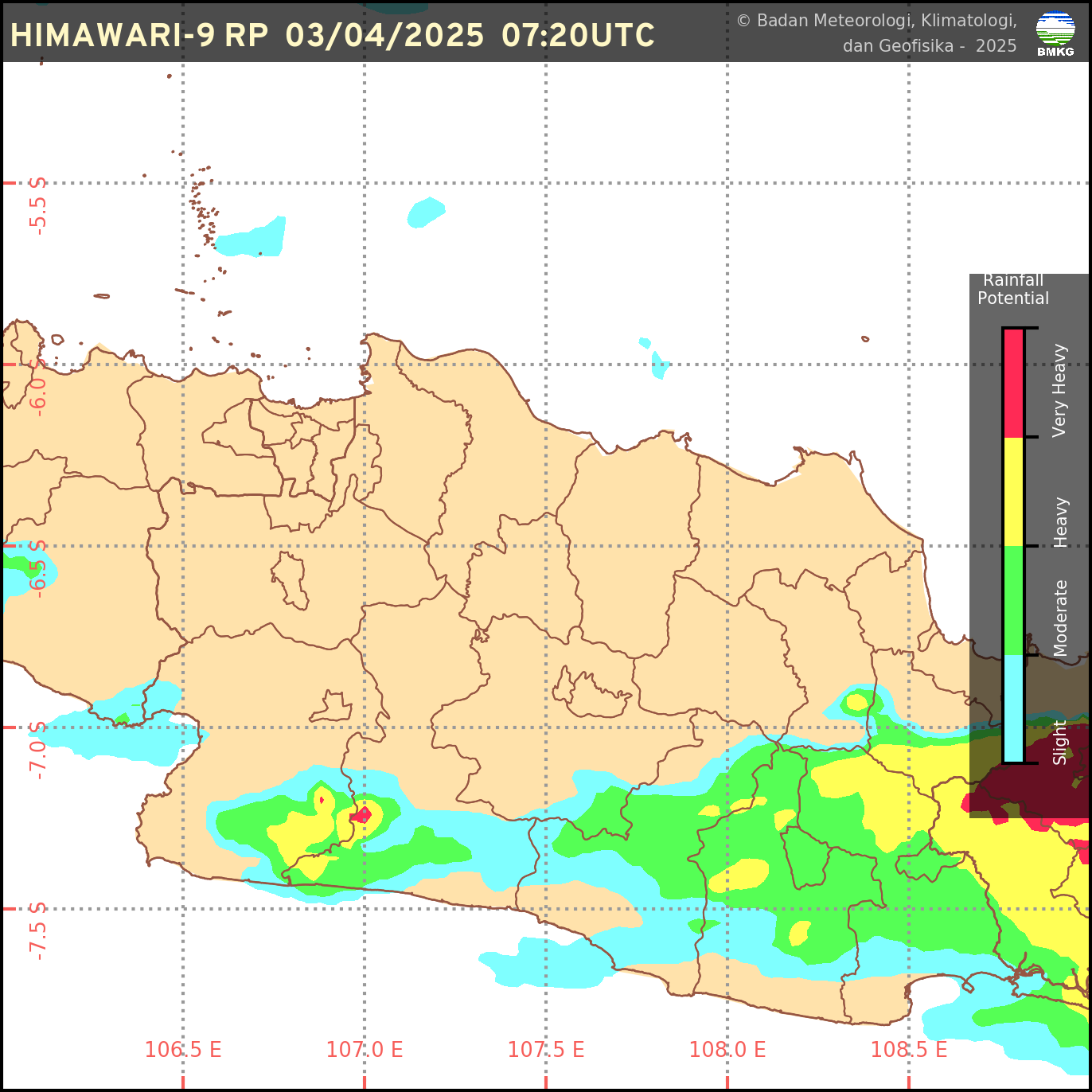Abstract: Grade point average (GPA) is initial information for supervisors to characterize their supervised students. One model that can be used to predict a student's study period based on GPA is a machine learning-based regression model so that supervisors can apply the right strategy for their students. Therefore, this study aims to implement and select a machine learning-based regression model to predict a student's study period based on GPA in semesters 1-6. Several regression models used are least-square regression, ridge regression, Huber regression, quantile regression, and quantile regression with l_2-regularization provided by Machine Learning in Julia (MLJ). The model is evaluated and selected based on several criteria such as maximum error, RMSE, and MAPE. The results showed that the least-square regression model gave the worst evaluation results, although the calculation method was easy and fast. Meanwhile, the quantile regression model provided the best evaluation results. The quantile regression model without regularization gives the smallest RMSE (2.31 months) and MAPE (3.56%), while the quantile regression model with l_2-regularization has a better maximum error (4.9 months). The resulting model can be used by supervisors to predict the study period of their supervised students so that supervisors can characterize their students and can design appropriate strategies. Thus, the student's study period is expected to be accelerated with a high-quality final project.
Keywords: Cross-Validation; Hyperparameter; Machine Learning; Multiple Linear Regression; Tuning Constant
link: https://doi.org/10.31764/jtam.v6i3.8408
Dipublikasikan pada JTAM (Jurnal Teori dan Aplikasi Matematika), vol. 6(3), pp. 530-543.
Kode Pemrograman: Julia v1.6.5




 Sumber: BMKG
Sumber: BMKG
0 Komentar